|
|
|
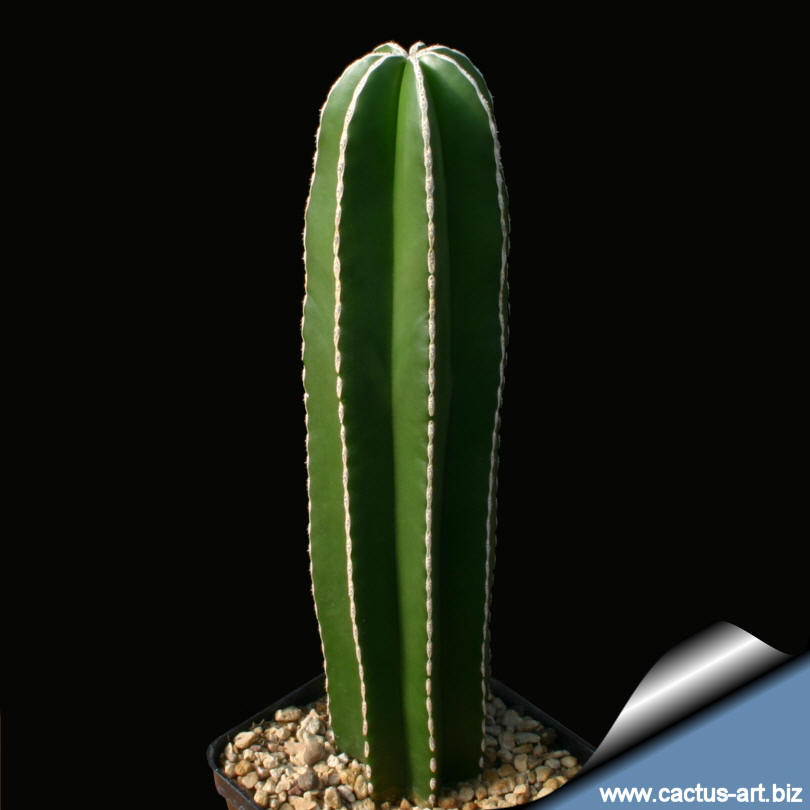
Stenocereus marginatus
Very neat, straight up and down column, sometimes branching
cactus
with small spines along linear rows up and down the plant.
|
|
Description: Upright
and clumping, stiff and imposing, columnar cactus. In the wild, basally
branching with unbranched stems, up to 1.5 tall, cultivated, they are
columnar, up to 4 m tall or more;
Stems: Erected to 5-10(-20) cm thick, dark green. The epidermis
surface is slightly rough to the feel, like sandpaper.
Ribs: 5 to 7 (or more), 2 cm high.
Areoles: White, glandular, mostly about 1cm apart, confluent
forming an uninterrupted longitudinal line.
Spines: 1 yellowish central spine up to 1 cm long. 5-9(14) short
radials. The spines are longer in the juvenile specimens, while are very
short in the mature branches.
Flowers: Pink to greenish, up to 2 in each areole, 3 to 4 cm
inches long .
Blooming season: Spring
Fruit: Spiny, yellowish to reddish, up to 4 cm in diameter, and
rather dry in late spring to early summer. The many seeds are black.
|
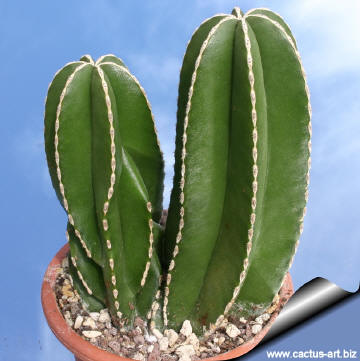 |
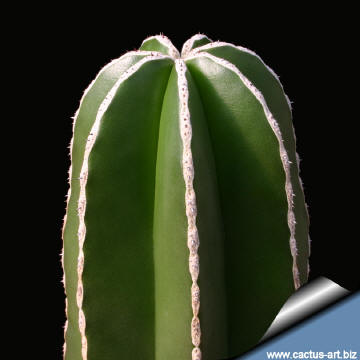 |
|
. |
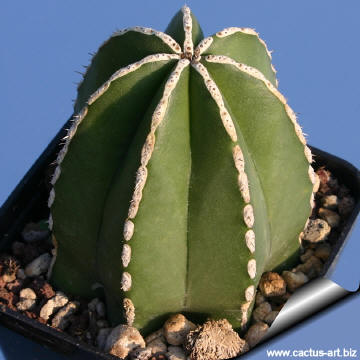 |
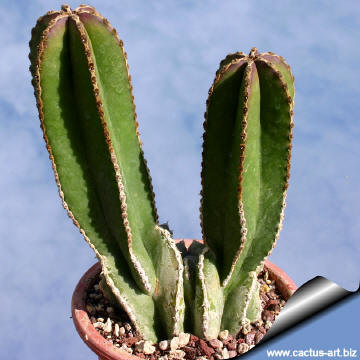 |
|
Photo of conspecific taxa, varieties,
forms and cultivars of Stenocereus marginatus .
|
|


Advertising |
|
|
|
|
Family:
Cactaceae (Cactus
Family)
Scientific name:
Stenocereus marginatus (DC.) A. Berger & F. Buxbaum,
Published in: Botanische Studien 12: 100, 1961
Origin: Central Mexico (San Luis Potosí, Querétaro,
Guanajuato, Mexico D.F Hidalgo, Oaxaca) cultivated all over Mexico
Conservation status: Listed in
CITES appendix 2.
Common name: Mexican organ pipe cactus, Organ Pipe, Organo,
Jarritos
Synonyms:
- Pachycereus marginatus (A.P.de Candolle) Britton et
Rose 1909
- Marginatocereus marginatus (A.P.deCandolle)
Backeberg 1942
- Lemaireocereus marginatus (A.P.deCandolle) Berger
1929
- Cereus marginatus
- Cereus gemmatus
- Pachycereus marginatus var. gemmatus
|
|
|
|
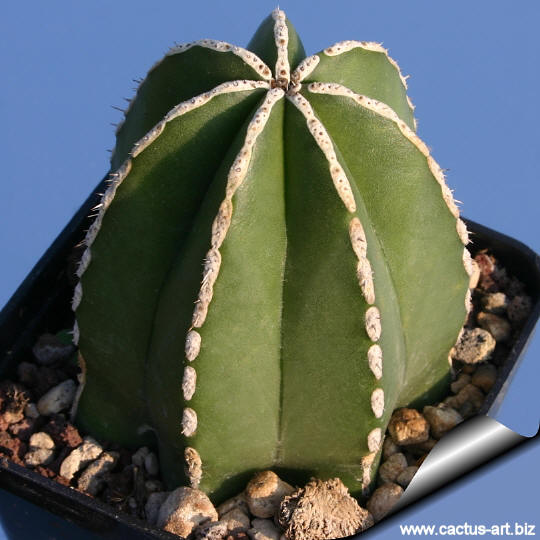
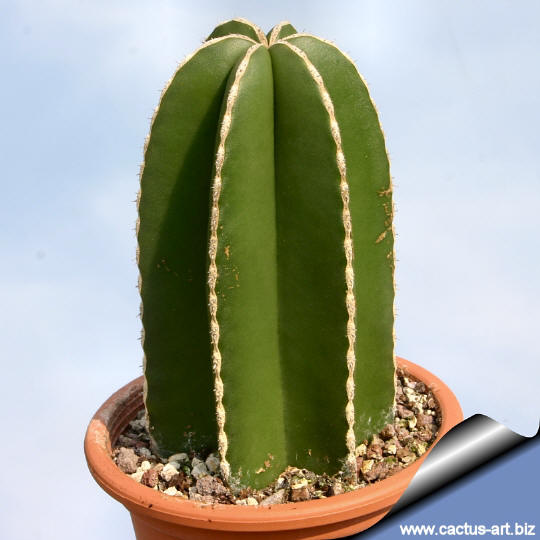
Cultivation: Stenocereus
marginatus is easy to grow but not very cold hardy (Resistant
as low as -4°C for a short time).
Sun Exposure: Outside
full sun, inside needs bright light, and some direct sun.. Need a
fertile, well drained soil mix. In summer water the plants well and
allow them to dry before watering again. During winter month, put them
in a cool luminous place and encourage them to enter winter dormancy by
withholding water and fertiliser over the winter as they will etiolate,
or become thin, due to lower levels of light. They are susceptible to
fungal diseases if overwatered, but are not nearly as sensitive as many
other cacti, especially in warm weather. If kept damp through cold
periods, they will invariably suffer.
Plants grown outdoor in the ground produces exceptional amounts of
growth, often more than 1 m each year if kept
well fed and watered throughout the warmest months, particularly if it
has been acclimatised to accept full sun.
Propagation:
Cutting or from seed. The seeds are quite easy to germinate and grow.
Their main requirements consist of high humidity levels, free-draining
soil mix, and enough water, light, and nutrition USES:
-
Defensive barriers: The stems are
exceptionally straight, in Mexico, where it is extensively cultivated,
they are often used to make live fences (a wall of these is hard to
get through and/or see through). It is also useful to built effective
wind break barrier.
-
Landscape use: Specimen or focal point in
the landscape, desert landscape design themes, similar to Organ Pipe
cactus, but with a cleaner, sleek appearance. Not for use in small
spaces. There are many cultivated varieties.
|
|